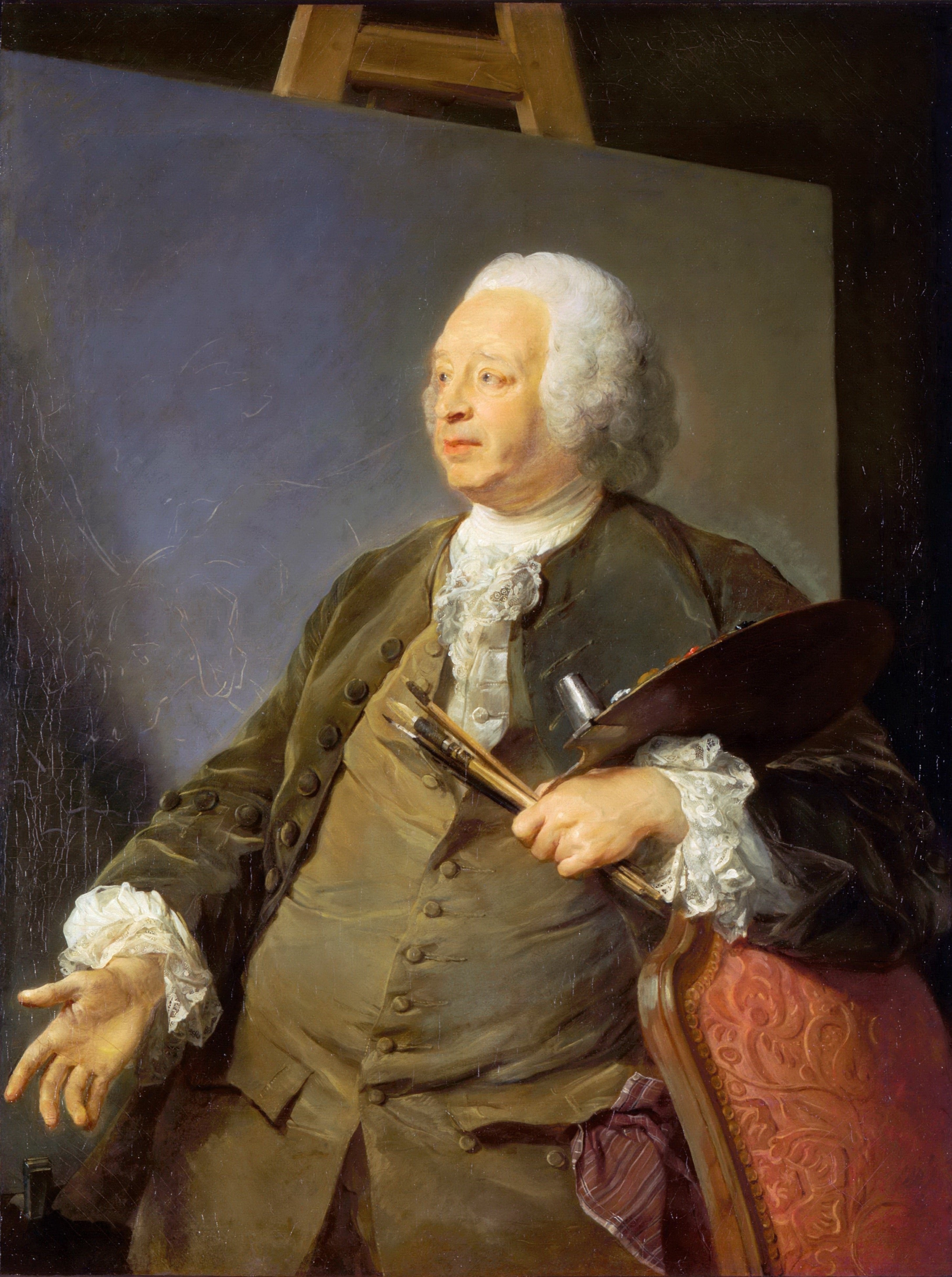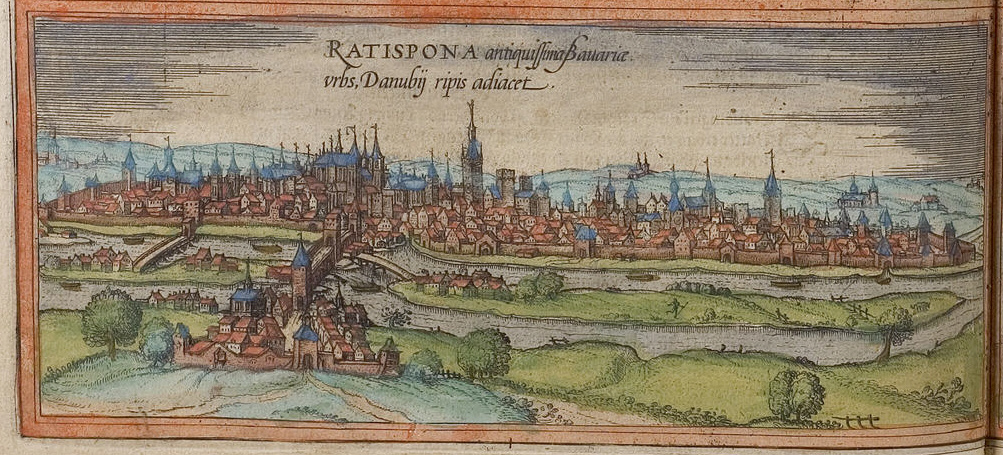|
Beauvais Tapestry
The Beauvais Manufactory () is a historic tapestry factory in Beauvais, France. It was the second in importance, after the Gobelins Manufactory, of French tapestry workshops that were established under the general direction of Jean-Baptiste Colbert, the finance minister of Louis XIV. Whereas the royal Gobelins Manufactory executed tapestries for the royal residences and as ambassadorial gifts, the manufacture at Beauvais remained a private enterprise. Beauvais specialised in low-warp tapestry weaving, although the letters patent of 1664, authorising the company and offering royal protection, left the field open for the production of high-warp tapestry as well. History The first entrepreneur, Louis Hinard, a native of Beauvais who had already established workshops in Paris, produced unambitious floral and foliate tapestries called ''verdures'' and landscape tapestries, which are known through chance notations in royal accounts. He was arrested for his debts in 1684, and the worksh ... [...More Info...] [...Related Items...] OR: [Wikipedia] [Google] [Baidu] |
Grotesque
Since at least the 18th century (in French and German as well as English), grotesque has come to be used as a general adjective for the strange, mysterious, magnificent, fantastic, hideous, ugly, incongruous, unpleasant, or disgusting, and thus is often used to describe weird shapes and distorted forms such as Halloween masks. In art, performance, and literature, however, ''grotesque'' may also refer to something that simultaneously invokes in an audience a feeling of uncomfortable bizarreness as well as sympathetic pity. The English word first appears in the 1560s as a noun borrowed from French, and comes originally from the Italian ''grottesca'' (literally "of a cave" from the Italian ''grotta'', 'cave'; see grotto), an extravagant style of ancient Roman decorative art rediscovered at Rome at the end of the fifteenth century and subsequently imitated. The word was first used of paintings found on the walls of basements of ruins in Rome that were called at that time ''le Gro ... [...More Info...] [...Related Items...] OR: [Wikipedia] [Google] [Baidu] |
Michel-François Dandré-Bardon
Michel François André-Bardon (22 May 1700 – 13 April 1785) was a French history painter and etcher. Biography Early life He was born in Aix-en-Provence, France. He signed his name Dandré-Bardon, or D. Bardon, because his uncle, Louis Bardon, made him his heir on condition that he continued the name of Bardon; but his real name was André, as the registers of the church of St. Madeleine testify. Michel François was destined by his parents for jurisprudence, and studied at Paris. Career In 1719, he began to design during his leisure hours under the direction of Jean-Baptiste van Loo, and studied painting with J. F. de Troy. His progress was so rapid, that he obtained, in 1725, the second prize at the Royal Academy. He went afterwards to Rome, and after being there six years he returned to France, through Venice, where he stayed six months. He painted the Palais-de-Justice, the Hôtel-de-Ville (which perished in 1792), and the church of St. Jerome, at Aix. The work which h ... [...More Info...] [...Related Items...] OR: [Wikipedia] [Google] [Baidu] |
Paris Salon
The Salon (french: Salon), or rarely Paris Salon (French: ''Salon de Paris'' ), beginning in 1667 was the official art exhibition of the Académie des Beaux-Arts in Paris. Between 1748 and 1890 it was arguably the greatest annual or biennial art event in the Western world. At the 1761 Salon, thirty-three painters, nine sculptors, and eleven engravers contributed. Levey, Michael. (1993) ''Painting and sculpture in France 1700–1789''. New Haven: Yale University Press, p. 3. From 1881 onward, it has been managed by the Société des Artistes Français. Origins In 1667, the royally sanctioned French institution of art patronage, the Académie royale de peinture et de sculpture (a division of the Académie des beaux-arts), held its first semi-public art exhibit at the Salon Carré. The Salon's original focus was the display of the work of recent graduates of the École des Beaux-Arts, which was created by Cardinal Mazarin, chief minister of France, in 1648. Exhibition at the Salo ... [...More Info...] [...Related Items...] OR: [Wikipedia] [Google] [Baidu] |
Edith Standen
Edith Standen (February 21, 1905 – July 17, 1998) was an American museum curator and military officer, best known as an expert on tapestries and as one of the "Monuments Men" who located and protected art works after World War II. Early life and education Edith Appleton Standen was born in Halifax, Nova Scotia in 1905. Her father Robert Hargreave Fraser Standen was a British Army officer, born in India. Her mother Eleanor Armistead Sumner was born in Paris to American parents. Edith was raised in England and Ireland. Standen earned a B. A. at Somerville College, Oxford in 1926. After moving to the United States she gained further training in museum studies at the Fogg Art Museum, under Paul J. Sachs. Career In 1928 Standen emigrated to the United States to work at the Society for the Preservation of New England Antiquities, which was founded by her uncle, William Sumner Appleton. The following year, she took a job with art collector Joseph E. Widener in Elkins Park, Pen ... [...More Info...] [...Related Items...] OR: [Wikipedia] [Google] [Baidu] |
Molière
Jean-Baptiste Poquelin (, ; 15 January 1622 (baptised) – 17 February 1673), known by his stage name Molière (, , ), was a French playwright, actor, and poet, widely regarded as one of the greatest writers in the French language and world literature. His extant works include comedies, farces, tragicomedies, comédie-ballets, and more. His plays have been translated into every major living language and are performed at the Comédie-Française more often than those of any other playwright today. His influence is such that the French language is often referred to as the "language of Molière". Born into a prosperous family and having studied at the Collège de Clermont (now Lycée Louis-le-Grand), Molière was well suited to begin a life in the theatre. Thirteen years as an itinerant actor helped him polish his comedic abilities while he began writing, combining Commedia dell'arte elements with the more refined French comedy. Through the patronage of aristocrats including ... [...More Info...] [...Related Items...] OR: [Wikipedia] [Google] [Baidu] |
Jean-Baptiste Oudry
Jean-Baptiste Oudry (; 17 March 1686 – 30 April 1755) was a French Rococo painter, engraver, and tapestry designer. He is particularly well known for his naturalistic pictures of animals and his hunt pieces depicting game. His son, Jacques-Charles Oudry, was also a painter. Biography Jean-Baptiste Oudry was born in Paris, the son of Jacques Oudry, a painter and art dealer, and his wife Nicole Papillon,Bryan,1886-9 relative of the engraver Jean-Baptiste-Michel Papillon. His father was a director of the Académie de Saint-Luc art school, which Oudry joined. At first, Oudry concentrated on portraiture, and he became a pupil and perhaps a collaborator of Nicolas de Largillière from 1707 to 1712. He graduated at only 22 years of age, on 21 May 1708, at the same time as his two older brothers. The next year, he married Marie–Marguerite Froissé, the daughter of a ''miroitier'' (a mirror-maker) to whom he gave lessons in painting. Oudry became an assistant professor at Acad� ... [...More Info...] [...Related Items...] OR: [Wikipedia] [Google] [Baidu] |
Regensburg
Regensburg or is a city in eastern Bavaria, at the confluence of the Danube, Naab and Regen rivers. It is capital of the Upper Palatinate subregion of the state in the south of Germany. With more than 150,000 inhabitants, Regensburg is the fourth-largest city in the State of Bavaria after Munich, Nuremberg and Augsburg. From its foundation as an imperial Roman river fort, the city has been the political, economic and cultural centre of the surrounding region; it is still known in the Romance languages by a cognate of its Latin name of "Ratisbona" (the version "Ratisbon" was long current in English). Later, under the rule of the Holy Roman Empire, it housed the Perpetual Diet of Regensburg. The medieval centre of the city was made a UNESCO World Heritage Site in 2006 because of its well-preserved architecture and the city's historical importance for assemblies during the Holy Roman Empire. In 2014, Regensburg was among the top sights and travel attractions in Germany. Histor ... [...More Info...] [...Related Items...] OR: [Wikipedia] [Google] [Baidu] |
Ratisbon
Regensburg or is a city in eastern Bavaria, at the confluence of the Danube, Naab and Regen rivers. It is capital of the Upper Palatinate subregion of the state in the south of Germany. With more than 150,000 inhabitants, Regensburg is the fourth-largest city in the State of Bavaria after Munich, Nuremberg and Augsburg. From its foundation as an imperial Roman river fort, the city has been the political, economic and cultural centre of the surrounding region; it is still known in the Romance languages by a cognate of its Latin name of "Ratisbona" (the version "Ratisbon" was long current in English). Later, under the rule of the Holy Roman Empire, it housed the Perpetual Diet of Regensburg. The medieval centre of the city was made a UNESCO World Heritage Site in 2006 because of its well-preserved architecture and the city's historical importance for assemblies during the Holy Roman Empire. In 2014, Regensburg was among the top sights and travel attractions in Germany. Histor ... [...More Info...] [...Related Items...] OR: [Wikipedia] [Google] [Baidu] |
Leipzig
Leipzig ( , ; Upper Saxon: ) is the most populous city in the German state of Saxony. Leipzig's population of 605,407 inhabitants (1.1 million in the larger urban zone) as of 2021 places the city as Germany's eighth most populous, as well as the second most populous city in the area of the former East Germany after (East) Berlin. Together with Halle (Saale), the city forms the polycentric Leipzig-Halle Conurbation. Between the two cities (in Schkeuditz) lies Leipzig/Halle Airport. Leipzig is located about southwest of Berlin, in the southernmost part of the North German Plain (known as Leipzig Bay), at the confluence of the White Elster River (progression: ) and two of its tributaries: the Pleiße and the Parthe. The name of the city and those of many of its boroughs are of Slavic origin. Leipzig has been a trade city since at least the time of the Holy Roman Empire. The city sits at the intersection of the Via Regia and the Via Imperii, two important medieval trad ... [...More Info...] [...Related Items...] OR: [Wikipedia] [Google] [Baidu] |
Chinoiserie
(, ; loanword from French ''wikt:chinoiserie#French, chinoiserie'', from ''wikt:chinois#French, chinois'', "Chinese"; ) is the European interpretation and imitation of China, Chinese and other East Asia, East Asian artistic traditions, especially in the decorative arts, garden design, architecture, literature, theatre, and music. The aesthetic of Chinoiserie has been expressed in different ways depending on the region. Its acknowledgement derives from the current of Orientalism, which studied Far East cultures from a historical, philological, anthropological, philosophical and religious point of view. First appearing in the 17th century, this trend was popularized in the 18th century due to the rise in trade with China and the rest of East Asia. As a style, chinoiserie is related to the Rococo style. Both styles are characterized by exuberant decoration, asymmetry, a focus on materials, and stylized nature and subject matter that focuses on leisure and pleasure. Chinoiserie focu ... [...More Info...] [...Related Items...] OR: [Wikipedia] [Google] [Baidu] |





.jpg)



